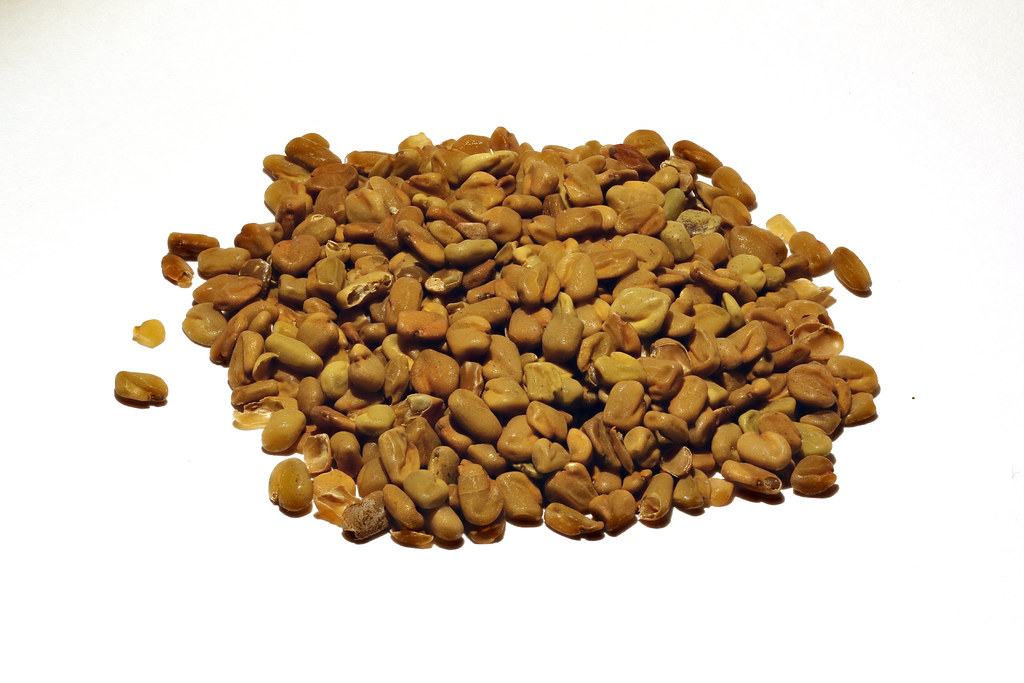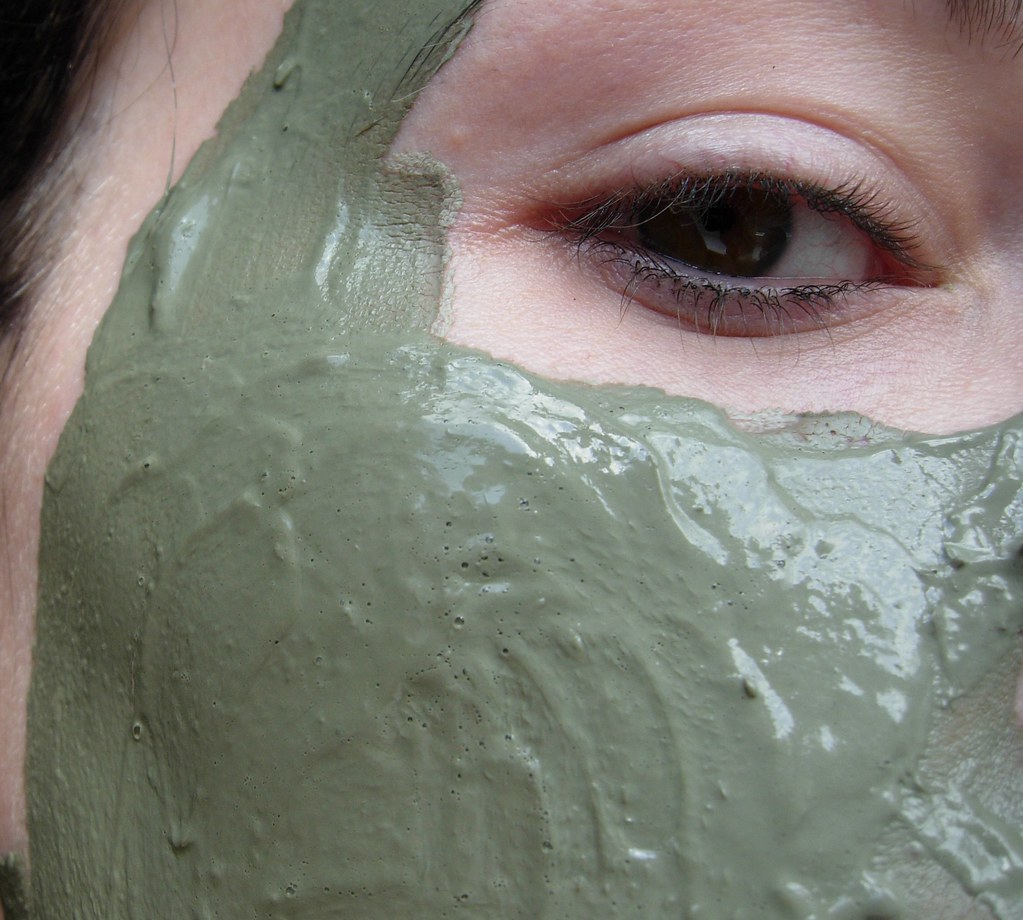HYALURONIC ACID
Contents
1.1 Origin of Hyaluronic acid:
1.2 Physiochemical Properties of Hyaluronic acid:
1.3 Applications of Hyaluronic acid:
1.4 Alternatives of Hyaluronic acid:
1. What is Hyaluronic acid?
Hyaluronic acid is a polysaccharide molecule that is one of the chief components of connective tissue, forming a gelatinous matrix that surrounds cells. Hyaluronic acid, commonly known as hyaluronan, is a transparent, sticky material that your body naturally produces. It is present in the highest concentrations in your skin, connective tissue, and eyes. Its primary job is to retain water to keep your tissues lubricated and wet. There are several applications for hyaluronic acid.
1.1 Origin of Hyaluronic acid
The human body naturally produces hyaluronic acid. It is produced by an enzyme known as hyaluronic acid synthase. This enzyme aids in the combination of the two sugars, D-glucuronic acid and N-acetyl glucosamine, which are subsequently converted into hyaluronic acid. The source of hyaluronic acid is termed natural if it is taken from an animal source without additional molecular synthesis. Natural hyaluronic acid is derived from rooster combs or the aqueous humour of cow eyes. In a laboratory, artificial supplies of hyaluronic acid are manufactured utilising other compounds as raw materials. This is referred to as biosynthesis. To produce hyaluronic acid, microorganisms of the streptococcus strain are used.
1.2 Physiochemical Properties of Hyaluronic acid: (C14H21NO11)n
Hyaluronic acid is a transparent, viscous fluid or white powder. HA is a high molecular weight polysaccharide with decreasing viscosity as the shear rate increases. Hyaluronic acid is a disaccharide polymer comprised of D-glucuronic acid and N-acetyl-D-glucosamine connected by alternating -(14) and -(13) glycosidic linkages. Hyaluronic acid may have 25,000 disaccharide repetitions. In vivo, hyaluronic acid polymers may vary in size from 5,000 to 20,000,000 Da.
1.3 Applications of Hyaluronic acid
Hyaluronic acid (HA) is a known natural biodegradable polymer that has a wide range of medical uses, including scaffolds for tissue engineering, dermatological fillers and properties that can be enhanced for osteoarthritis therapy. A healthcare professional may inject hyaluronic acid into the joint to decrease joint pain and stiffness. Hyaluronic acid is a mucopolysaccharide that functions as a binding and protecting agent in human connective tissue. It may also be present in synovial fluid, which lubricates and cushions the joints, as well as the aqueous humour of the eye. Sun exposure, gravity, and years of facial muscle motions all contribute to the formation of wrinkles on the skin. Basic changes in the skin, soft tissue, and skeletal support of the face occur throughout the ageing process, resulting in a breakdown of the tissues under the skin, causing wrinkles or other facial abnormalities. The major role of hyaluronic acid is played in skincare products because it acts as the dermal filler. It is used in Sunscreens that aid in the reduction of skin quality and appearance changes induced by sun exposure and to enhance the quality and look of ageing skin. It is used in many skin care products like hydrating hyaluronic acid lotion, toner, or serum seems to magically make fine lines disappear within minutes as well as it is considered to be the best ingredient in the treatment of all skin problems.
1.4 Alternatives of Hyaluronic acid
The alternatives of hyaluronic acid can be used if a person is allergic to hyaluronic acid.
Glycerin: Its water-binding qualities are comparable, if not greater, to those of hyaluronic acid, and since it is a very inexpensive raw material, creams and serums using glycerin as the principal moisturizing component are typically rather affordable.
Beta-Glucans: This excellent alternative to hyaluronic acid is a common ingredient in Asian skincare products. Not only can beta-glucans increase moisture, but they may also help your skin’s barrier health by activating its natural immunological response.
Urea: Urea is also a component of our skin’s Natural Moisturizing Factors (commonly abbreviated to NMF), a set of molecules that exist naturally in the skin and help maintain its moisture levels.
Honey: It is also considered a good alternative to HA for skincare products.
Snow Mushroom: Snow mushroom, like beta-glucans, is high in polysaccharides, which are sugar molecules that help both soothe and moisturize the skin. Polysaccharides, like hyaluronic acid, are another kind of Natural Moisturizing Factor that occurs naturally in our skin. There is also hopeful evidence that Tremella fuciformis extract might suppress melanin, indicating that it could be useful in the treatment of hyperpigmentation, however additional research is required to see if it genuinely has lightening benefits.
1.5 Safety and Storage
The majority of manufacturers suggest storing the fillers in a cool, dry, dark area at a room temperature no higher than 25ºC. In other circumstances, the filler may need a cooler temperature or storage in the refrigerator.



No Comments